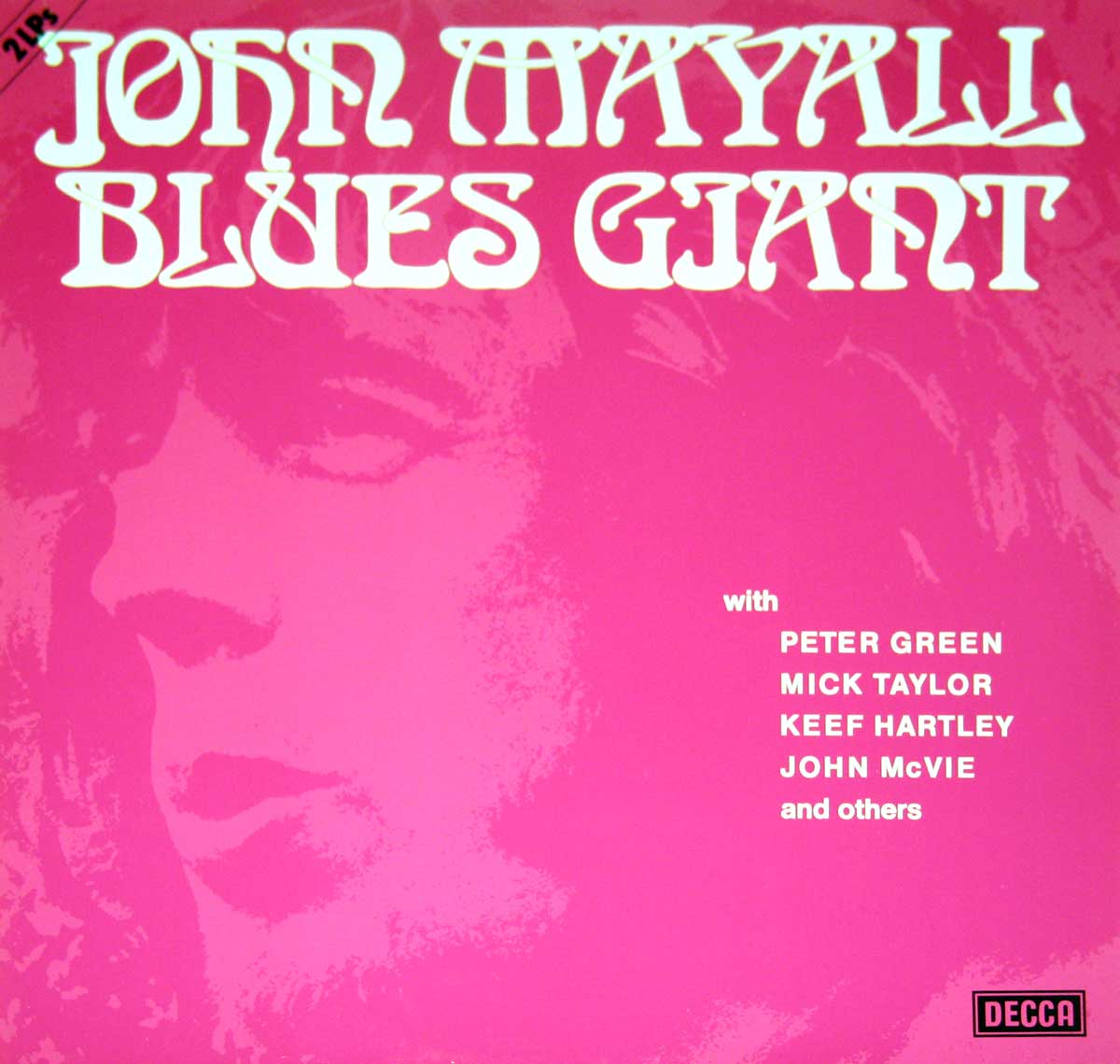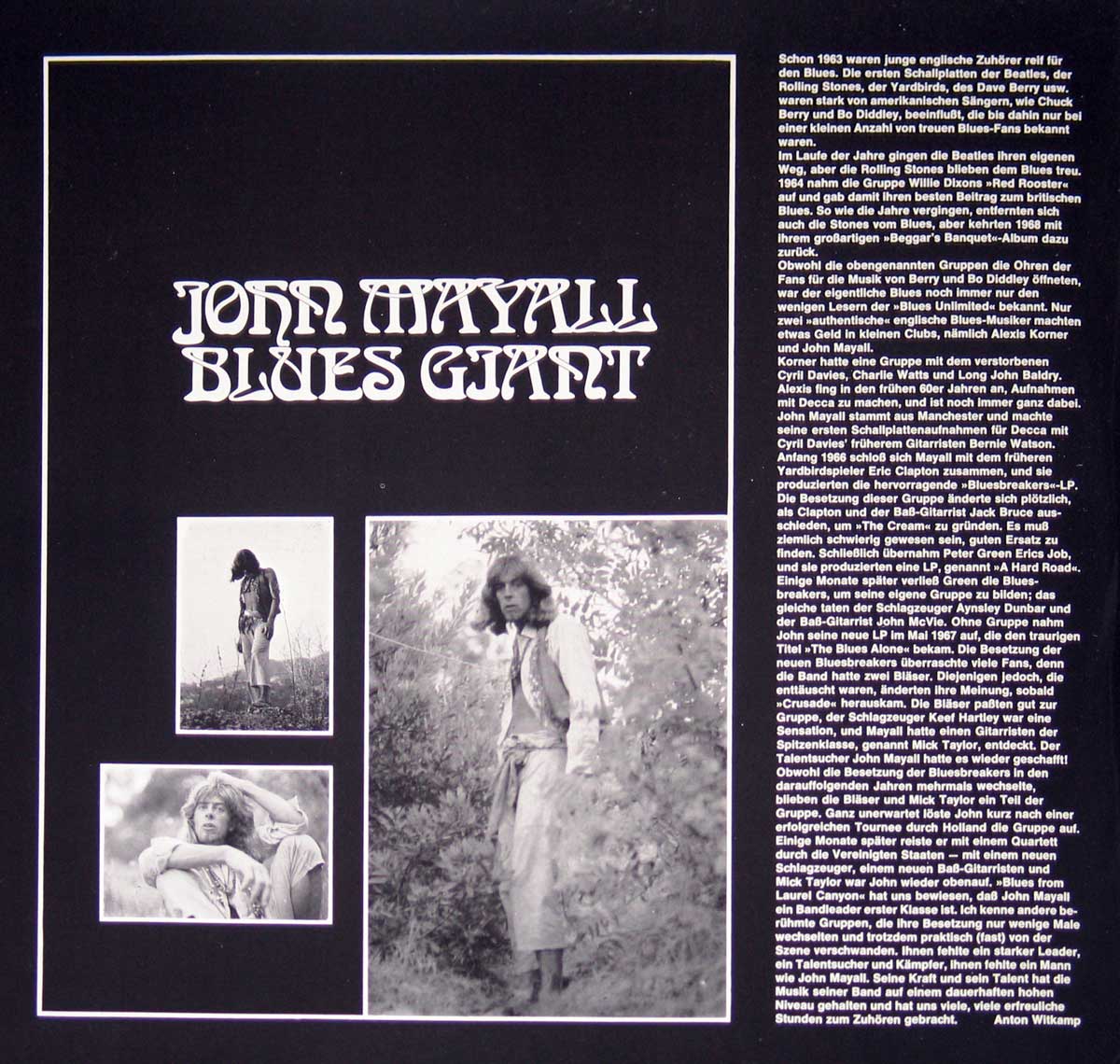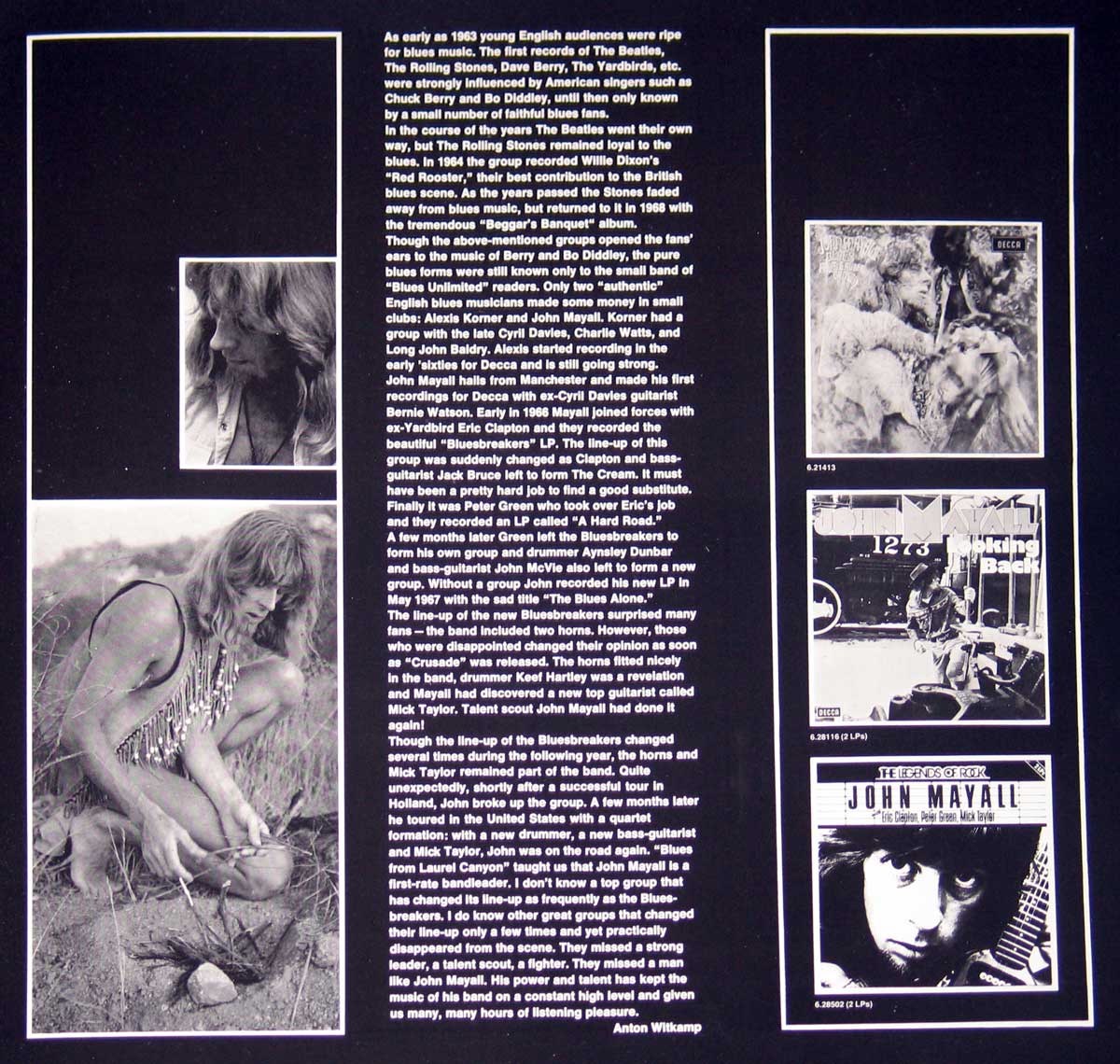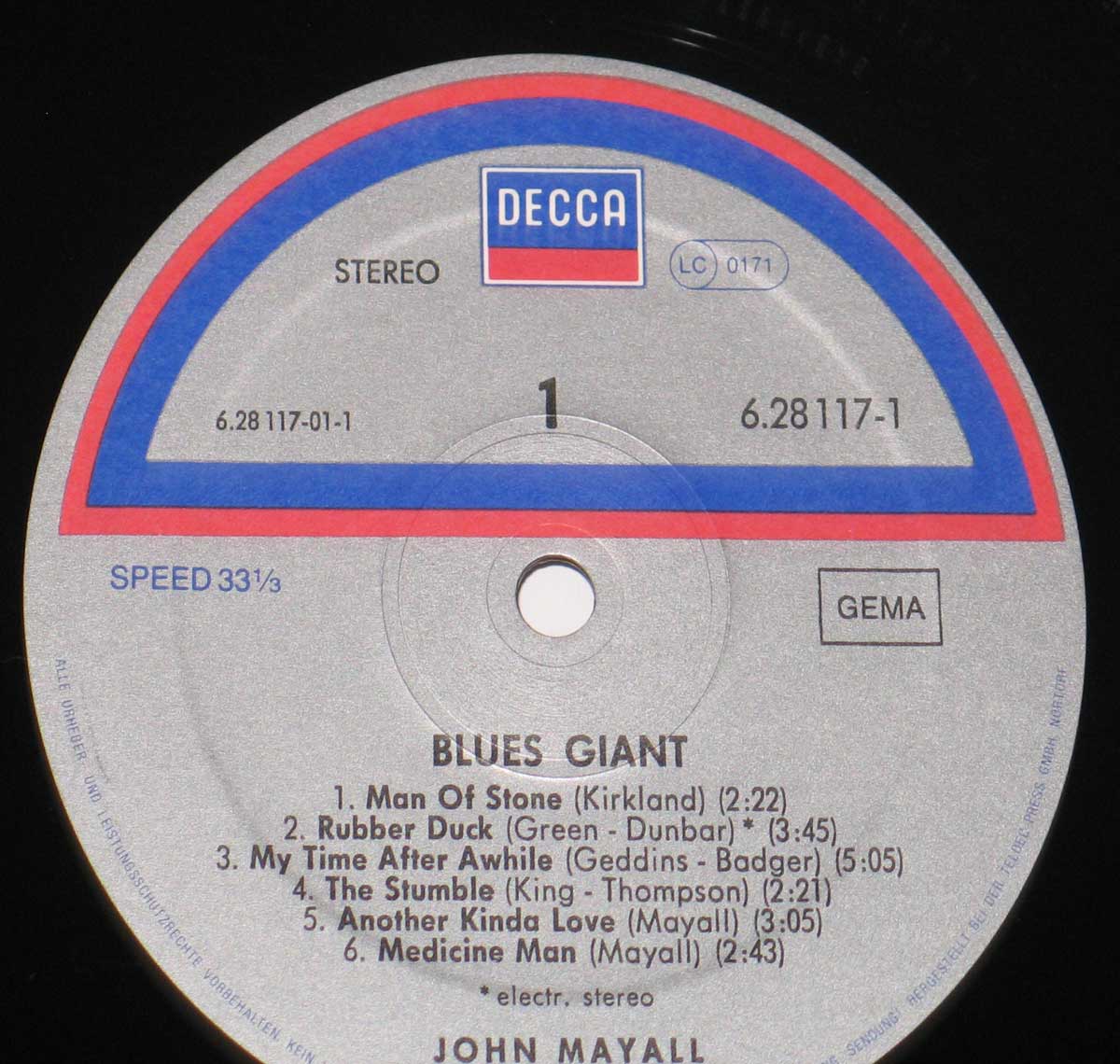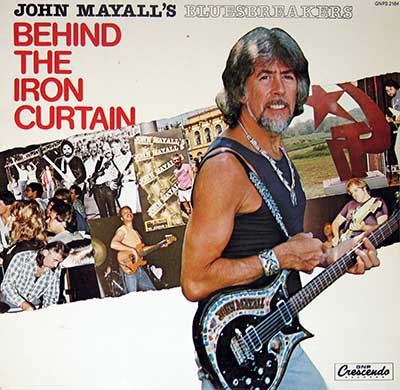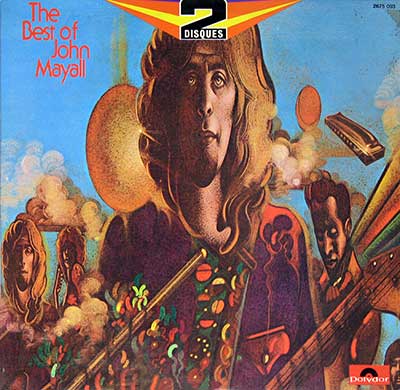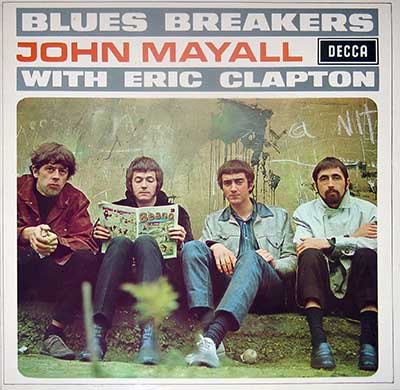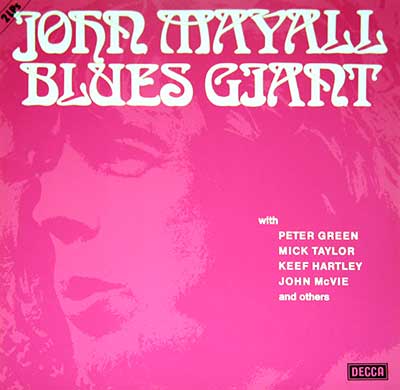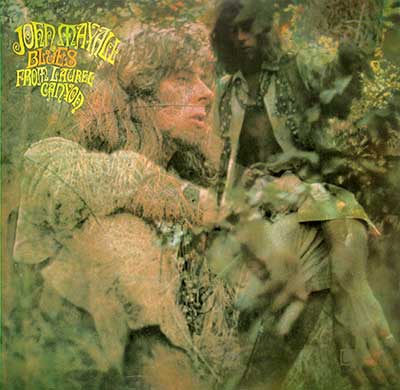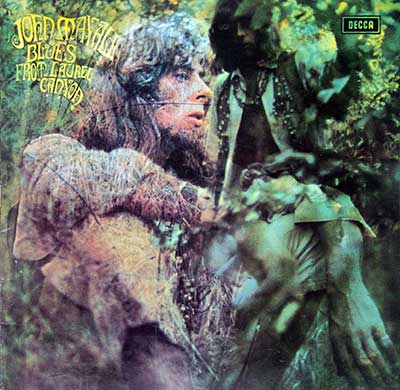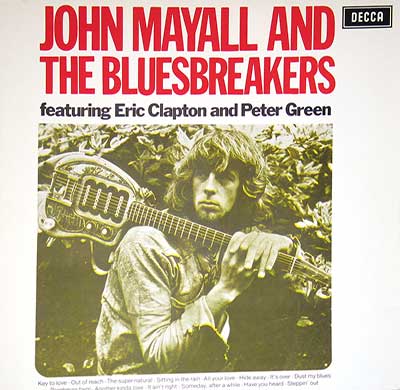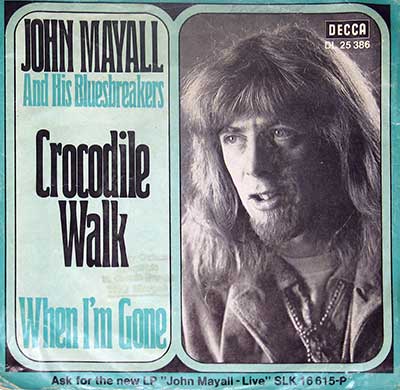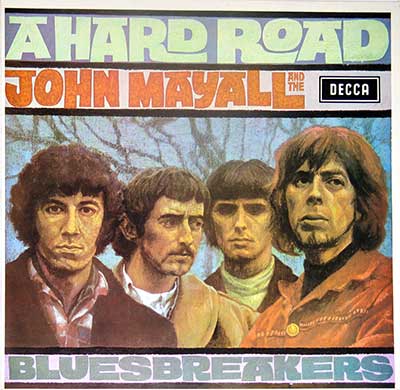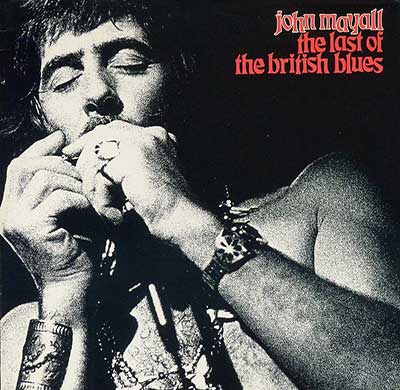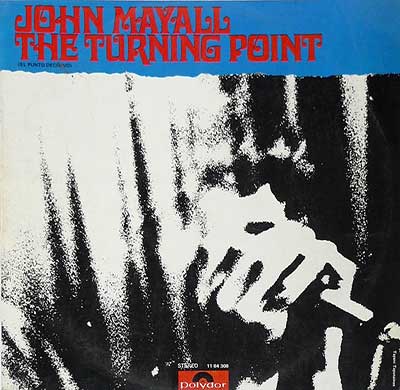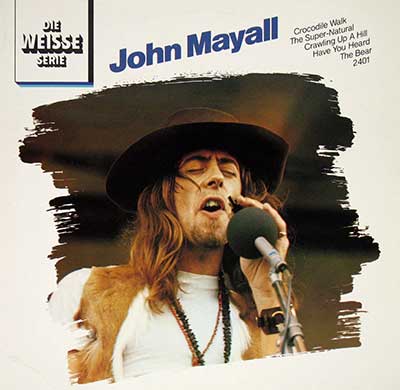Album Description:
In the vast and vibrant landscape of blues music, few names stand as tall as John Mayall. A British blues legend, Mayall's contributions to the genre are immeasurable, both as a bandleader and a musician. One of his notable works that truly showcases his prowess is the double 12" LP compilation album titled "Blues Gigant", released in 1970. This remarkable album features collaborations with some of the most talented musicians of the time, including Peter Green, Mick Taylor, Keef Hartley, and John McVie.
At the heart of "Blues Gigant" lies Mayall's ability to assemble a stellar lineup of musicians who were influential figures in their own right. Mayall himself is a master of the blues, known for his soulful vocals and skilled harmonica playing. As the leader of the Bluesbreakers, his band became a launching pad for numerous talented artists, many of whom went on to achieve great success in their own careers.
Peter Green, one of the guitar virtuosos of his generation, was a key contributor to the album. Green's distinctive playing style and soulful expression were instrumental in shaping the sound of British blues. His work with Mayall on tracks like "Evil Woman Blues" and "Leaping Christine" showcases the undeniable chemistry between the two musicians. Green's tasteful guitar solos and emotive phrasing add a layer of depth and intensity to Mayall's already powerful blues compositions.
Mick Taylor, another guitar prodigy, made his mark in the Rolling Stones before his collaboration with Mayall. His remarkable technical skill and melodic sensibility shine through on tracks like "No Reply" and "Sitting in the Rain". Taylor's intricate guitar work, characterized by his fluidity and precision, brings a new dimension to Mayall's music, elevating it to greater heights.
Keef Hartley, a talented drummer known for his work with his own band, the Keef Hartley Band, lends his exceptional rhythmic skills to "Blues Gigant". His solid and energetic drumming lays the foundation for the album's grooves and propels the songs forward. Hartley's contributions can be heard on tracks like "Think Twice Before You Go" and "Double Trouble".
Completing the lineup is John McVie, who would later gain fame as the bassist of Fleetwood Mac. McVie's powerful and melodic basslines anchor the album's sound, providing a solid backbone for the band's blues-driven compositions. His collaboration with Mayall on tracks like "She's Too Young" and "Don't Waste My Time" demonstrates his ability to tastefully blend with the ensemble while still making his presence felt.
"Blues Gigant" is not just a collection of exceptional musicians coming together; it is a testament to the enduring power of the blues and the remarkable talents of John Mayall. With each track, Mayall and his collaborators explore the depths of the blues, infusing it with their unique styles and creating a sonic tapestry that resonates with listeners. From soulful ballads to energetic, foot-stomping numbers, the album encompasses the full range of emotions and experiences that define the blues.
As the needle glides across the grooves of the double 12" LP, one can't help but be transported to a world where the blues reign supreme. The chemistry between Mayall, Green, Taylor, Hartley, and McVie is undeniable, and their combined talents create a musical experience that is nothing short of extraordinary. "Blues Gigant" stands as a testament to the enduring legacy of John Mayall and the remarkable musicians who shared their artistry on this album.
Decades after its release, "Blues Gigant" remains a cherished gem in the realm of blues music. It serves as a reminder of the power of collaboration, the magic of the blues, and the immense talent of the artists involved. With every listen, this album continues to captivate audiences, taking them on a journey through the rich and soulful landscape of the blues. Mayall's "Blues Gigant" with Peter Green, Mick Taylor, Keef Hartley, and John McVie will forever be etched in the world of blues history as a true masterpiece and a testament to the enduring allure of the genre.
